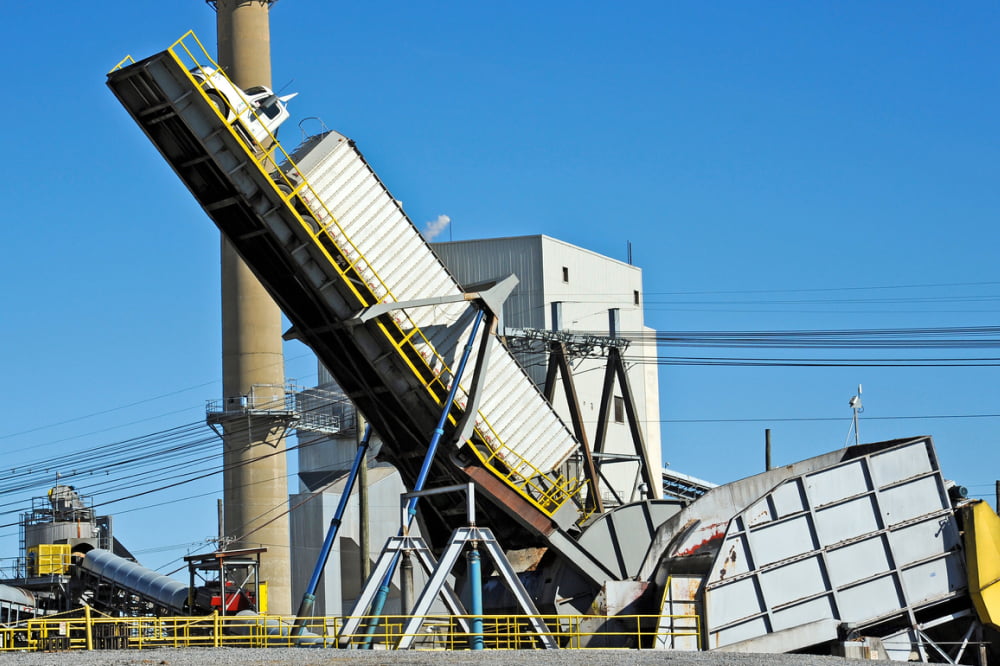
Types of material handling equipment and industries that use them
Industries like construction, mining, and manufacturing often need to move heavy materials. They do this with the help of large trucks, cranes, and other material handling equipment. It helps reduce dependence on manual labor and ensures safety and efficiency. If you are looking for information on material handling, you are in the right place. This guide discusses the types of material handling equipment, their benefits, and the industries that use them on a daily basis.
Types of material handling equipment
Equipment handling involves transporting, storing, managing, and protecting goods. Here are the common types of material handling equipment:
Bulk material handling equipment
These perform tasks like lifting, carrying, pushing, and pulling. For example, conveyor systems continually move high-volume materials along a path, elevators transport goods vertically, and stackers and reclaimers manage stockpiles and handle loose materials.
Industrial trucks
These are self-driving or human-operated vehicles that move materials. A few examples include hand trucks to move boxes on the factory floor and order pickers that lift employees so they can reach packages stored at a height.
Storage and handling equipment
Effective storage is critical to material handling. Many manufacturing units must temporarily store finished products before they are shipped for consumption. Drawers, bins, stacking frames, and flow and cantilever racks are used for this purpose.
Engineered systems
Automated Guided Vehicles (AGVs) fall under this category. These are self-propelled machines that move materials without human operators. Such automatic systems work alongside humans to handle a variety of materials. A good example is a robotic arm that lifts products off a conveyor belt and places them into boxes.
Industries that use material handling equipment
Many businesses in the construction, recycling, distribution, logistics, and mining sectors use equipment to improve productivity:
Construction
The construction industry uses cranes, forklifts, and loaders to move materials and heavy equipment.
Recycling
Recycling companies use tools to segregate plastic, metal, and other materials before processing them and making them fit for re-consumption.
Distribution
Supply chain companies use inventory management systems to efficiently unload, store, and ship products.
Logistics
Airports and seaports use logistics equipment to manage freight and cargo.
Mining
Professional miners use conveyor belts, loaders, and trucks to transport mined materials, minerals, and rocks.
Considerations while designing material handling equipment
Material handling equipment must be designed considering the following points:
Productivity
The tools must improve productivity and help businesses meet their targets.
Convenience
The equipment must be easy to use without a lot of training.
Customization
The machine’s load-bearing capacity and settings must be optimized for specific industries where it will be used.
Safety
The tools should not risk the safety of those using them.
Effective material handling equipment can help businesses streamline operations, reduce costs, increase productivity, and improve worker safety. Organizations can invest in conveyors, AGVs, robotics, storage systems, cranes, hoists, and other tools as per their requirements. Research has shown that technology helps meet customer demands and gain a competitive advantage in today’s business environment. Businesses should research the market before choosing the appropriate equipment.




